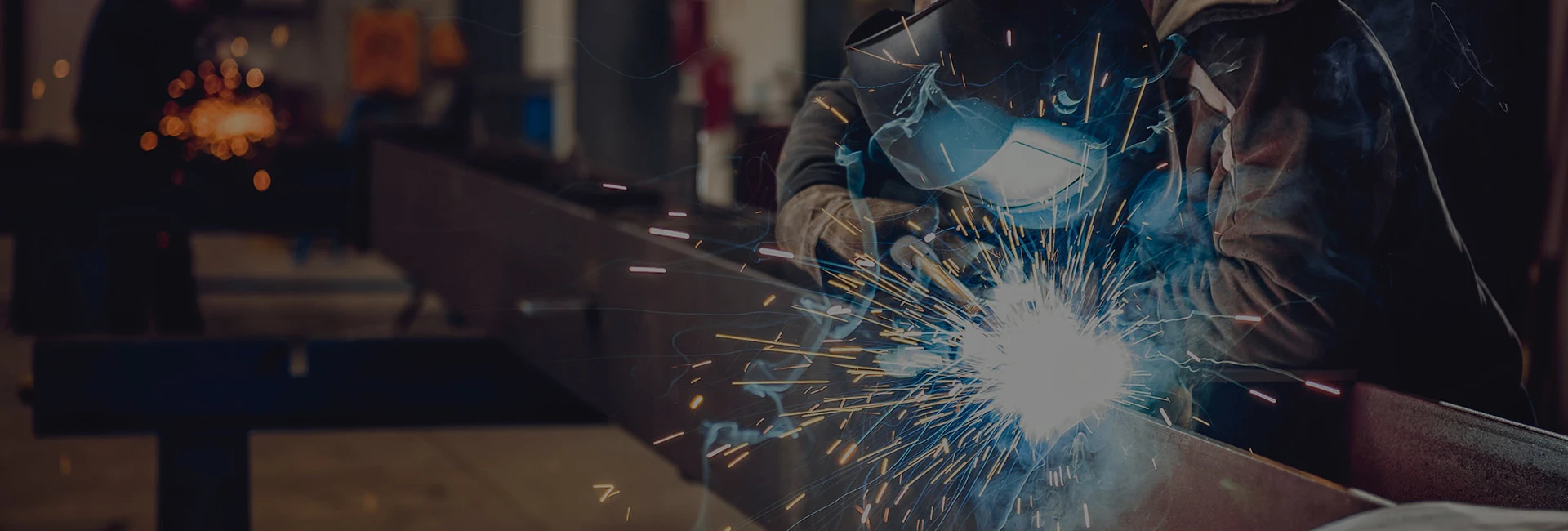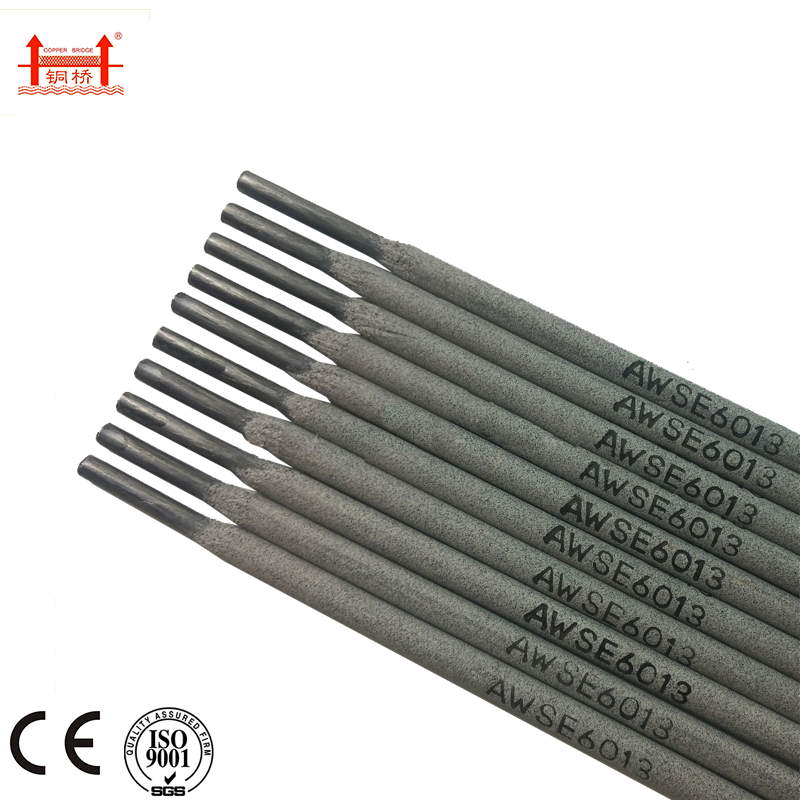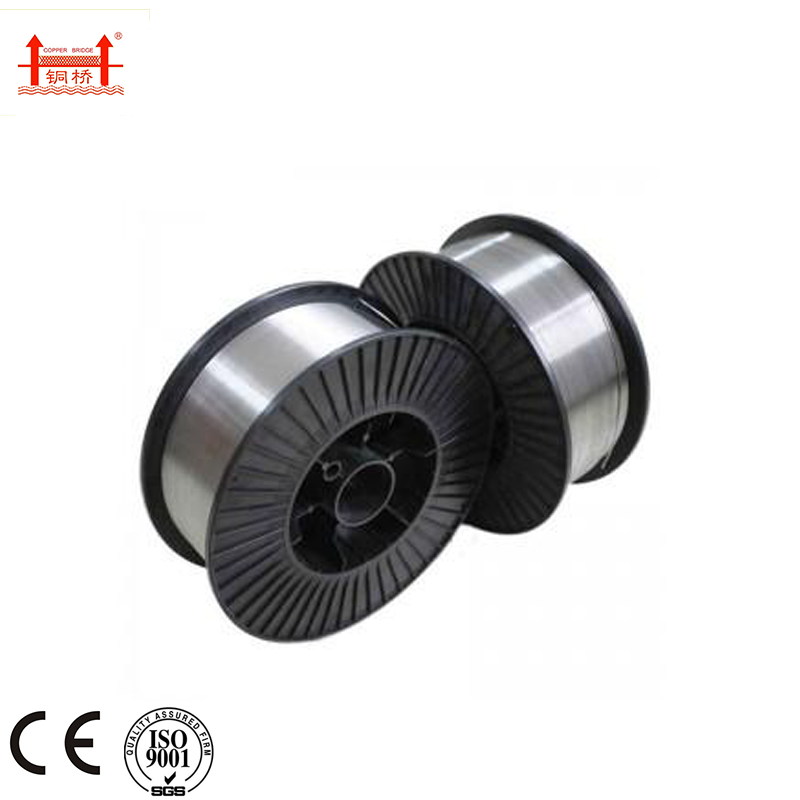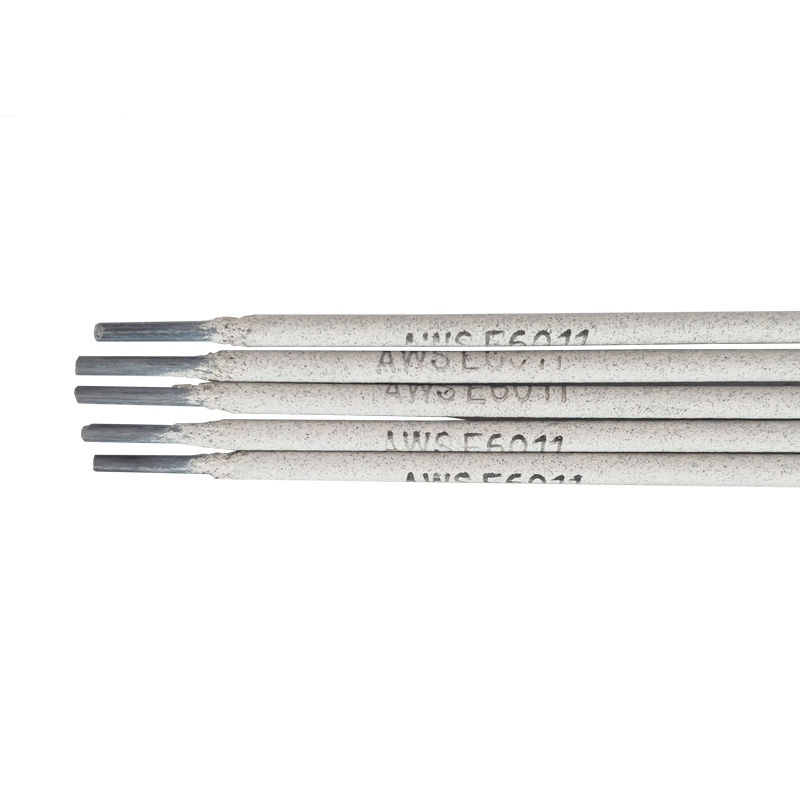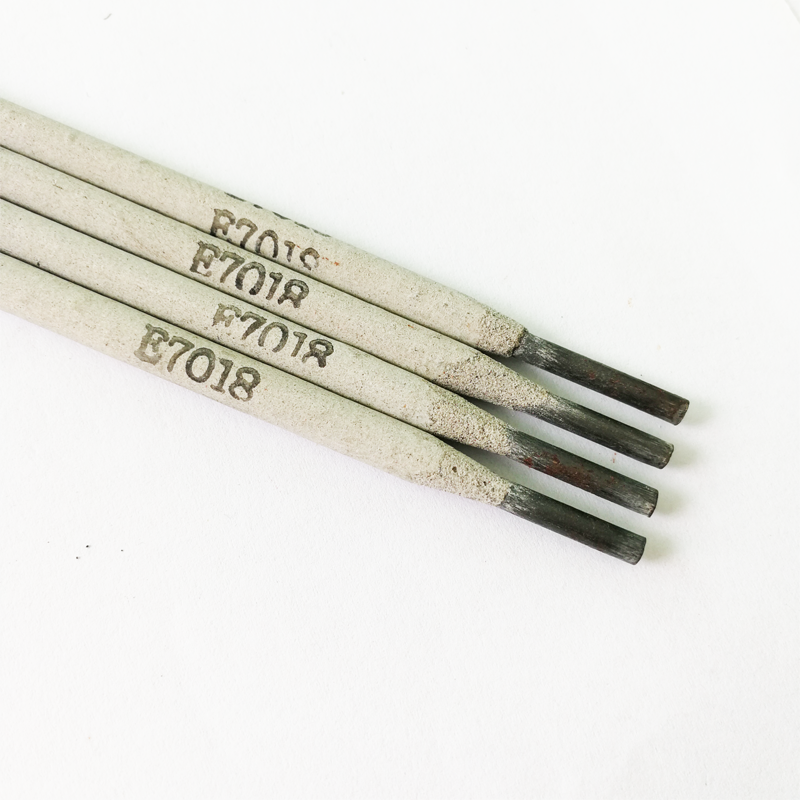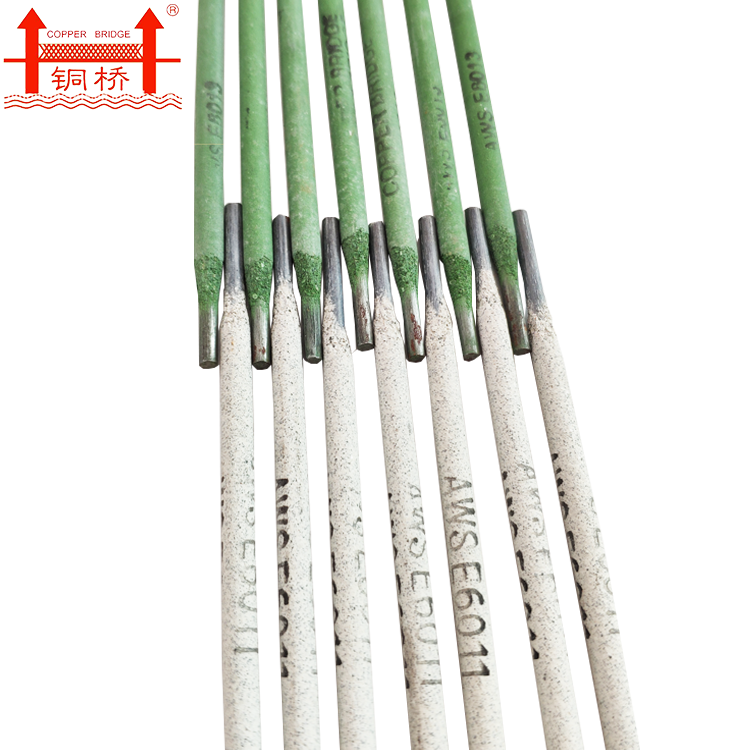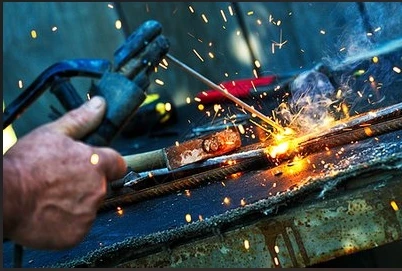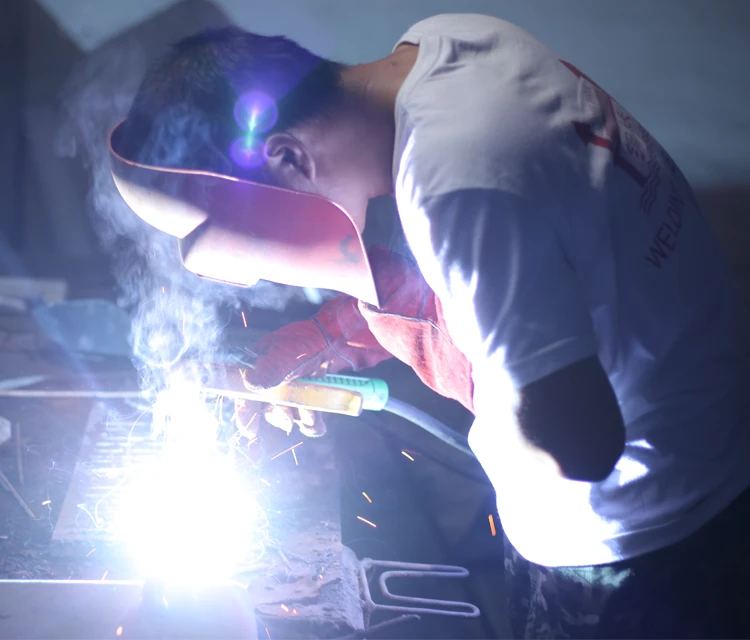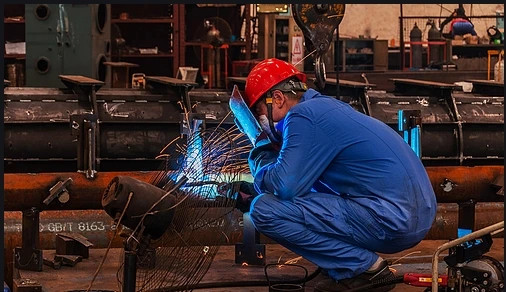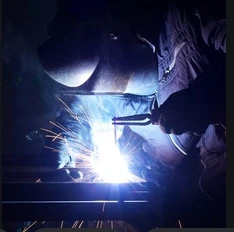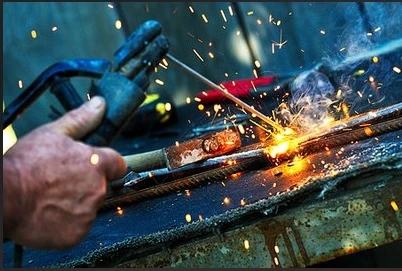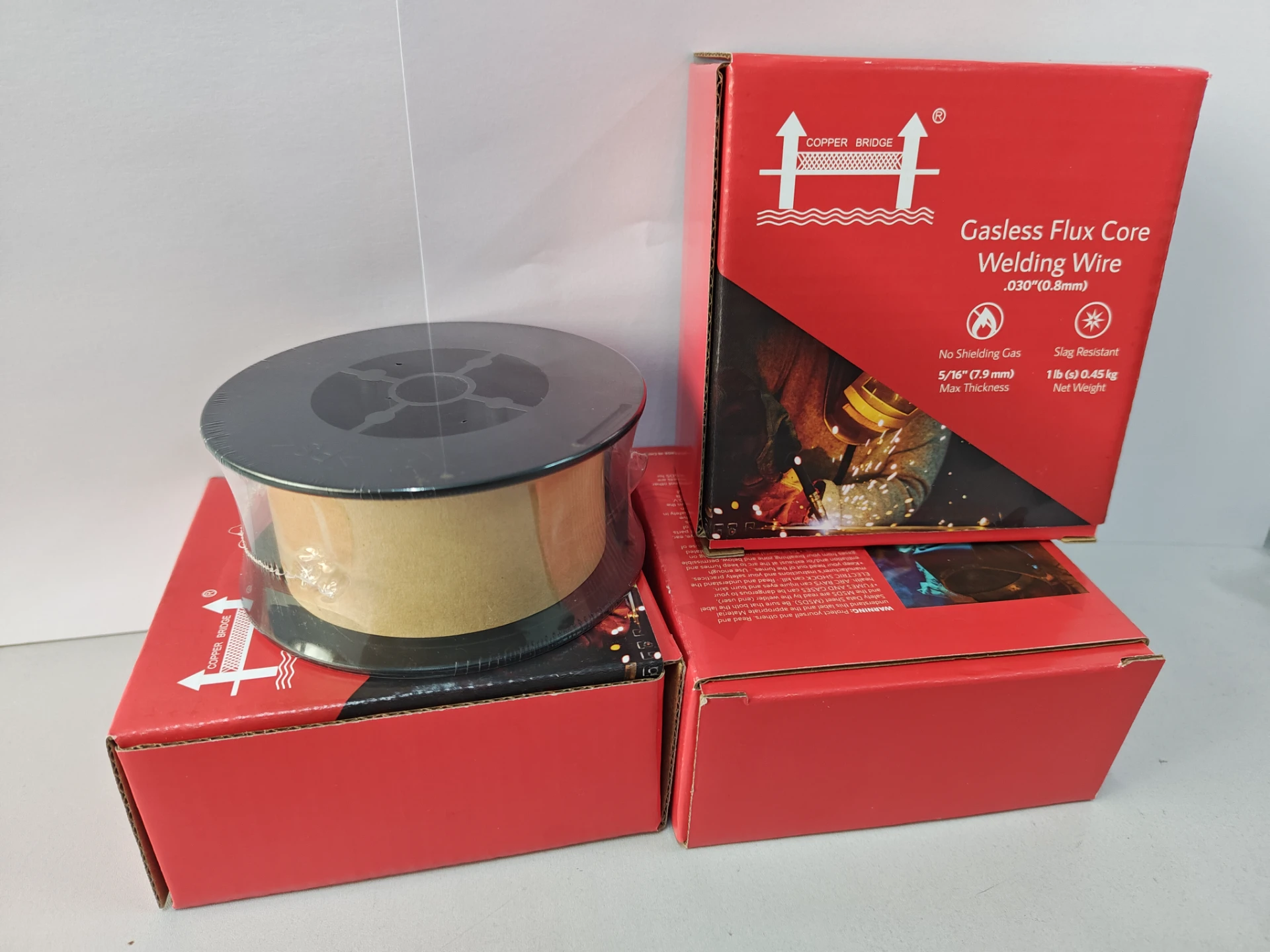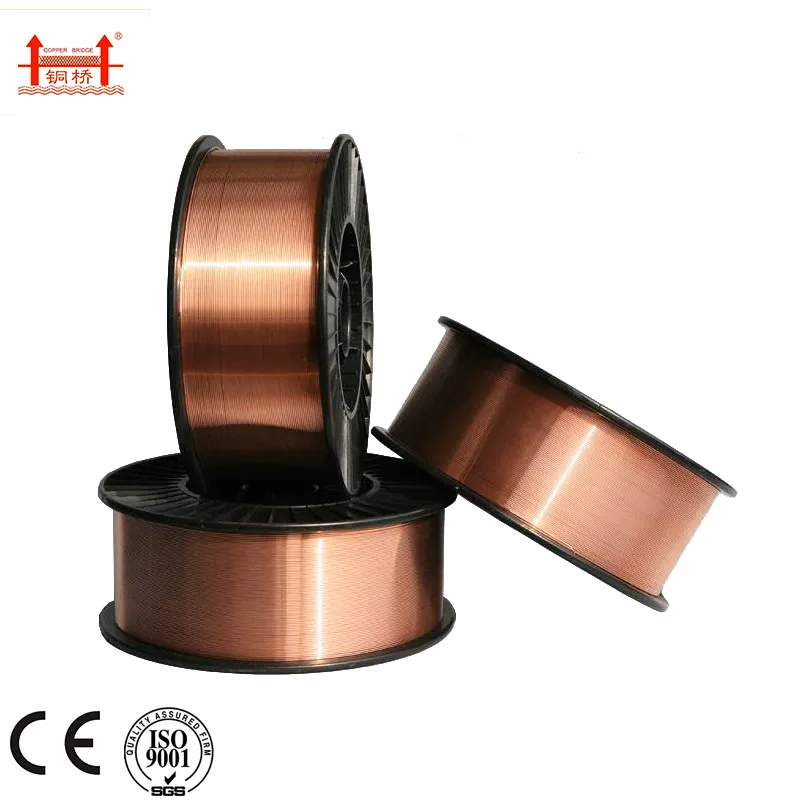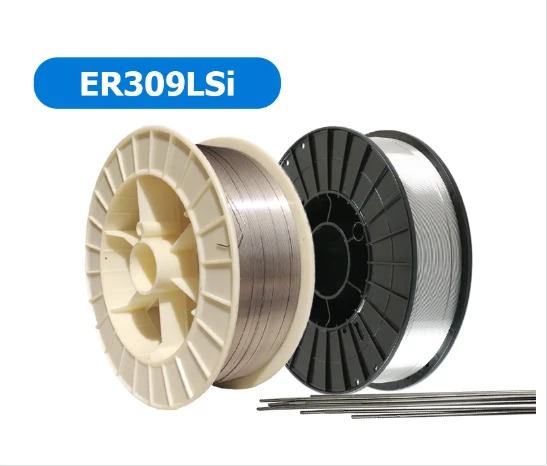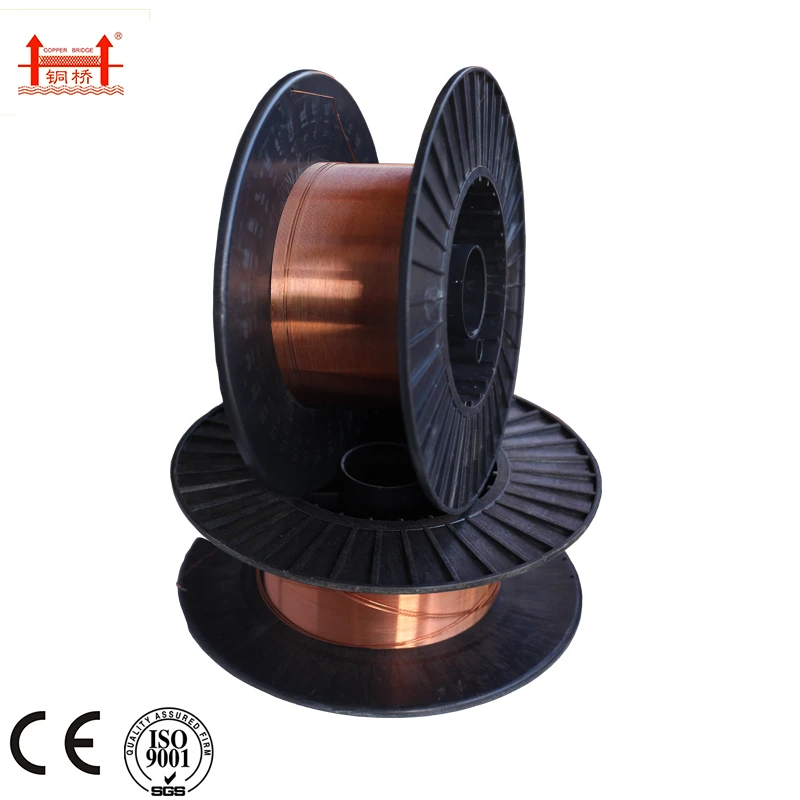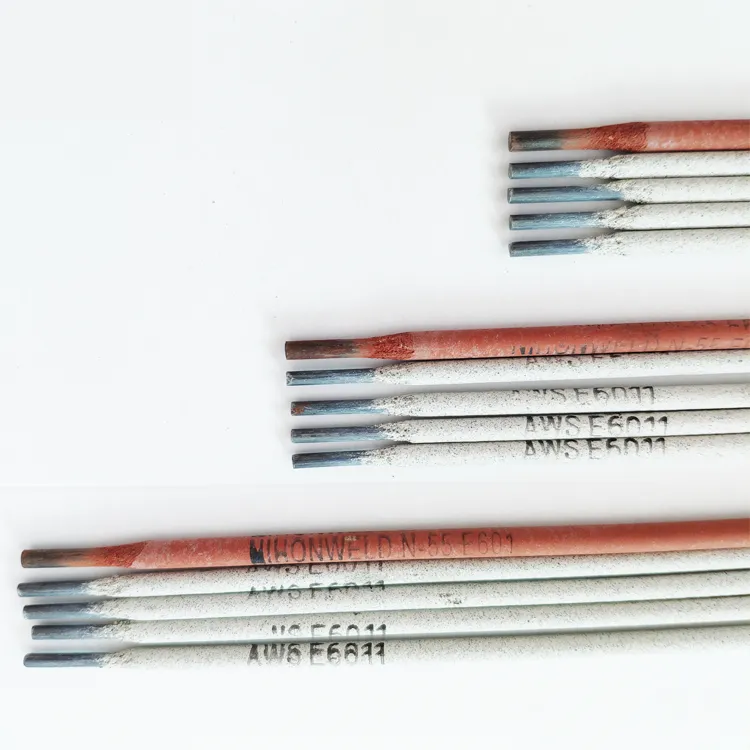Premium Corrosion-Resistant Stainless & Carbon Steel Stick Welding Rods
Jun . 08, 2025 07:40
- Understanding the Core: What is Stainless Stick Rod?
- Technical Advantages and Performance Data
- Leading Stainless Stick Rod Brands: A Comparative Analysis
- Custom Solutions for Specific Welding Challenges
- Real-World Applications and Case Studies
- Environmental and Safety Considerations in Stick Welding
- Why Stainless Stick Rod Excels for Industrial Projects

(stainless stick rod)
Understanding the Core: What is Stainless Stick Rod?
Stainless stick rod, formally known as shielded metal arc welding (SMAW) electrodes, provides essential solutions for joining stainless steels. These consumable rods contain a metal core wire coated with flux compounds that shield the weld from atmospheric contamination. Three primary variants dominate industrial use: standard stainless stick rod
s (e.g., E308/E308L) for homogeneous stainless joining; stainless to carbon stick rods (e.g., E309/E309L) for dissimilar metal welding; and specialized stainless stick welding rods for high-temperature alloys. The flux composition directly determines operational characteristics – rutile-type coatings enable smooth arcs in all positions, while basic coatings offer superior crack resistance for critical applications. Unlike continuous wire processes, stick welding delivers exceptional portability, making electrodes indispensable for field repairs, construction sites, and remote maintenance.
Technical Advantages and Performance Data
Stick rod technology consistently delivers superior results in demanding environments where other processes falter. Key technical advantages include:
- Wind tolerance exceeding 15 mph (24 kph), outperforming gas-shielded processes
- Deposition efficiency rates of 65-75% with modern EXX18 coatings
- Weld metal tensile strengths exceeding 80 ksi (551 MPa) for E308L-16 classifications
- Operating temperatures up to 1500°F (816°C) for heat-resistant grades like E310
Independent testing confirms that premium stainless stick rods achieve corrosion resistance matching base metals. ASTM G48 testing demonstrates pitting resistance equivalent numbers (PREN) above 38 for duplex alloys. Critical applications in chemical processing plants validate these electrodes' reliability when procedure qualifications include transverse tensile tests at 500°F (260°C).
Leading Stainless Stick Rod Brands: A Comparative Analysis
| Manufacturer | Key Series | Deposition Rate (%) | Positional Rating | Penetration Profile |
|---|---|---|---|---|
| Lincoln Electric | Shield-Arc 308/308L | 72 | All-position | Medium |
| ESAB | OK 63.30 | 68 | Flat/Horizontal | Deep |
| Böhler | FOX EV 50 | 75 | All-position | Controlled |
| Kobelco | LB-52U | 70 | All-position | Shallow |
Note: Deposition rates measured at 130 amps DC+ based on AWS testing protocols
Custom Solutions for Specific Welding Challenges
Specialized stainless to carbon stick rod formulations resolve metallurgical incompatibilities in dissimilar welding. For offshore platform repairs involving carbon steel structural members and 316L components, modified E309LMo electrodes prevent carbon migration. These customized solutions typically include:
- Controlled ferrite content (8-12 FN) to prevent microfissuring
- Trace element adjustments (Nb/Ta) for stabilizing carbides
- Low-hydrogen coatings (< 5 ml/100g) for cryogenic service
Leading manufacturers provide application-specific formulations validated through ASME Section IX procedure qualifications. A refinery implemented custom E347 rods with modified silica coatings, reducing weld cleaning time by 40% for FCC reactor internals due to improved slag detachability.
Real-World Applications and Case Studies
Power generation facilities consistently rely on stainless stick welding rods for high-temperature repairs. During a forced outage at a 650MW coal-fired plant, E309LMo electrodes welded cracked superheater panels (2.25Cr-1Mo to 304H) in 36 hours, avoiding 14 days of production loss. Additional documented cases include:
- Wastewater treatment: E316L-17 rods repaired digester tanks with measured corrosion rates below 0.5 mpy after 5 years service
- Pulp & paper: Modified E312 stick rods joined cast press rolls to forged shafts with 100% UT pass rates
- Marine transport: 2205 duplex electrodes achieved 45 J impact strength at -60°C for icebreaker hull repairs
Environmental and Safety Considerations in Stick Welding
Modern flux formulations address historical concerns regarding hexavalent chromium emissions. Third-party testing confirms that premium E308/E309 stick rods release fumes at rates below 3g/kg of electrode consumed when used with LEV systems. Critical safety protocols include:
- Mandatory P100 respirators for alloys exceeding 18% Cr content
- Preheating above 50°F (10°C) to control hydrogen cracking in thicknesses over 0.75" (19mm)
- UV-blocking curtains rated >PD16 for arc flash protection in confined spaces
Recycling programs recover up to 92% of electrode packaging materials, while slag from rutile-coated rods finds reuse in abrasives manufacturing, contributing to sustainability targets.
Why Stainless Stick Rod Excels for Industrial Projects
The fundamental advantage of stainless stick rod technology resides in its unmatched operational versatility combined with metallurgical precision. Unlike process-restricted alternatives, quality SMAW electrodes deliver consistent performance whether deployed at 15,000 feet elevation for pipeline repairs or submerged in splash zones during offshore rig maintenance. Project engineers consistently select these electrodes based on four validated economic factors: equipment cost below 25% of wire-fed systems; consumable shelf life exceeding 5 years; qualification testing costs reduced by 60% versus automated processes; and field rework rates under 3.5% when following prescribed parameters. For professionals requiring maximum adaptability without sacrificing weld integrity, stainless stick rods remain the definitive solution.

(stainless stick rod)
FAQS on stainless stick rod
Q: What is a stainless stick rod primarily used for?
A: Stainless stick rods are used for welding stainless steel materials in various applications. They provide excellent corrosion resistance and strength for fabrications. Common uses include pipe welding, food processing equipment, and marine components.
Q: Can stainless to carbon stick rods join different metals?
A: Yes, stainless to carbon stick rods are designed specifically for welding stainless steel to mild or carbon steel. They create strong bonds while minimizing carbon migration between dissimilar metals. This makes them ideal for repairs and mixed-material projects like structural supports.
Q: How should I store stainless stick welding rods?
A: Store stainless stick welding rods in their original sealed containers until use. Keep them in a dry environment above 75°F (24°C) to prevent moisture absorption. Use rod ovens for critical applications to maintain low-hydrogen properties.
Q: What surface preparation is needed before using stainless stick rods?
A: Clean all oil, rust, and contaminants from the base metal using a stainless steel brush or grinder. Ensure joints are properly beveled for deep penetration welds. Always remove slag between passes to prevent inclusions.
Q: How do I select the right amperage for stainless stick welding rods?
A: Consult the manufacturer's specifications for diameter-specific amperage ranges. Generally use 20-40% less current than carbon steel rods of the same size to prevent overheating. Maintain a short arc length and weave technique to control heat input.
Related Video



